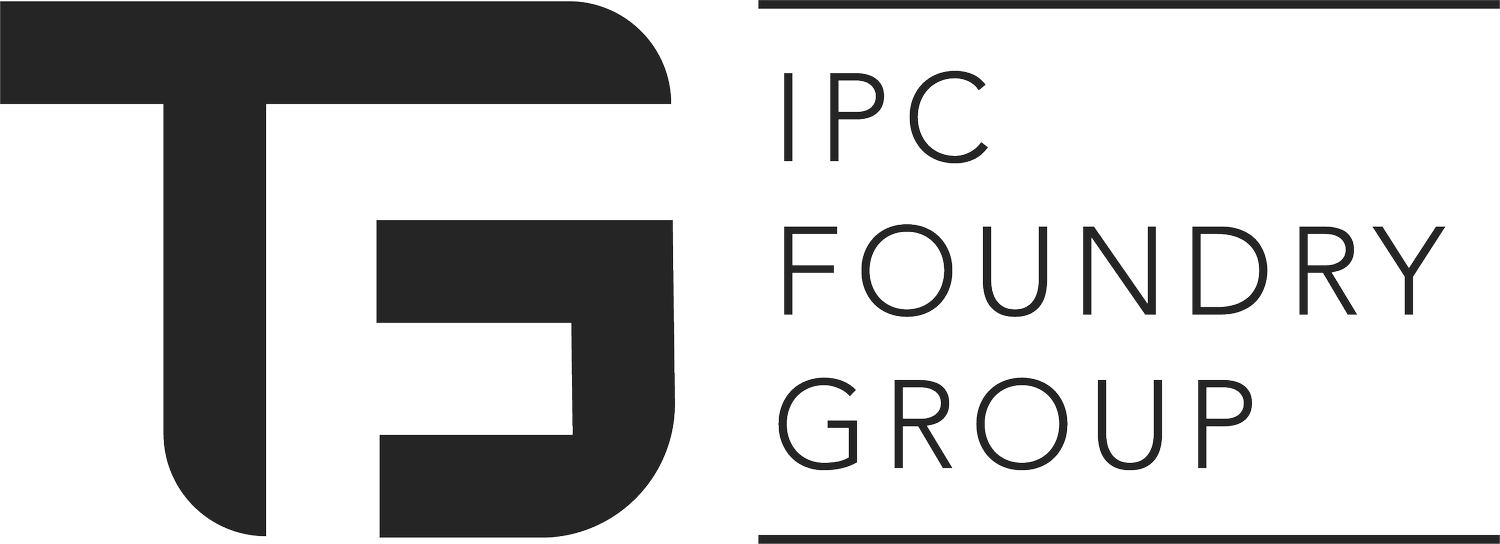When Should You Use Investment Casting
Investment casting allows you to produce detailed parts affordably en masse.
If you're interested in having metal parts produced, you've likely heard of several different methods, like machining, sand casting, or today's topic, investment casting. But when should you opt for investment casting over another metal-forming technique? Let's get into it!
What is Investment Casting?
As a quick catch-up, investment casting (also known as precision casting or lost-wax casting) is a metal-forming process that uses wax patterns to create a 1:1 scale ceramic mold for metal pouring. During the casting process, these ceramic molds are superheated and then filled with molten metal of your choosing to produce numerous, highly detailed castings.
You can learn more about the investment casting process here.
Four Reasons to Use Investment Casting
Design Complexity and Flexibility
Opting for investment casting allows you to create highly complex parts with razor-sharp consistency (often with tolerances around ±0.005 inches per inch). What type of complexity? Investment casting allows for thin walls, overhangs, spirals, internal cavities, embedded text, fine/unique surface finishes, and other intricate shapes.
This type of complexity isn't feasible with sand casting, which is better suited for simple or large format parts. While machining allows for similar complexity, it can be challenging to achieve and prohibitively expensive when producing in bulk (more on that later).
With this precision comes flexibility. Engineers can consolidate multiple parts into a single complex casting, reducing assembly requirements and improving strength and reliability. Investment casting also utilizes gate and tree systems, which allows foundry workers to pour multiple parts in one go, cutting your time-to-market.
Because of this design flexibility, investment casting is utilized in numerous industries. For example, in 2024, IPC Foundry Group poured over two million pounds of metal parts for customers in 130 different industries.
If your project has unique geometry, surface finishes, or other design elements. Investment casting may be right for you.
Cost Savings in Bulk
Perhaps the most well-known reason for using investment casting is for medium to large-volume production runs. Traditional investment casting utilizes tooling to produce hundreds or even thousands of wax patterns. You can think of tooling, sort of like an ice tray. Once you have an ice tray, you can produce a seemingly infinite amount of ice cubes using its pattern.
The wax used in casting is easy to produce and nearly 100% recyclable, providing greater cost savings when produced in bulk. As mentioned above, engineering teams can develop wax gate & tree systems that allow for pouring multiple parts in one go, further reducing labor and turnaround times.
Compared to machining (or other subtractive manufacturing), investment casting significantly reduces waste, helping your material costs stretch farther while reducing your carbon footprint.
If you're looking to produce a medium to high number of metal parts, investment casting may be the go-to option for you — especially for complex designs.
Precision & Tight Tolerances
Investment casting is also known as precision casting, and the name fits!
Wax patterns or 3D-printed models allow for incredibly precise and consistent metal pouring. This level of accuracy reduces the need for secondary machining or other finishing work while also ensuring consistent part quality. This again reduces costs and turnaround times.
Furthermore, when consistency in your parts is essential, such as castings for aerospace, military/defense, medical, or structural components, investment casting has you covered with uniform, high-quality parts.
If you'd like to explore some of the tolerances available with investment casting, check out our handy tolerance table here.
Diverse Materials
One final focal point for today's blog is the material diversity available through investment casting. Modern foundries can pour hundreds of different alloys, including low-alloyed steels, stainless steel, tool steels, copper-base alloys, cast iron, aluminum, titanium, and even nickel-base superalloys. Whatever the demands of your project, chances are you can find the perfect material for the job at hand with investment casting.
If you'd like to learn more about investment casting, sign up for our mailing list! If you'd like to see how IPC Foundry Group can save you time and money on your next metalworking project, click the link below to get in touch.

